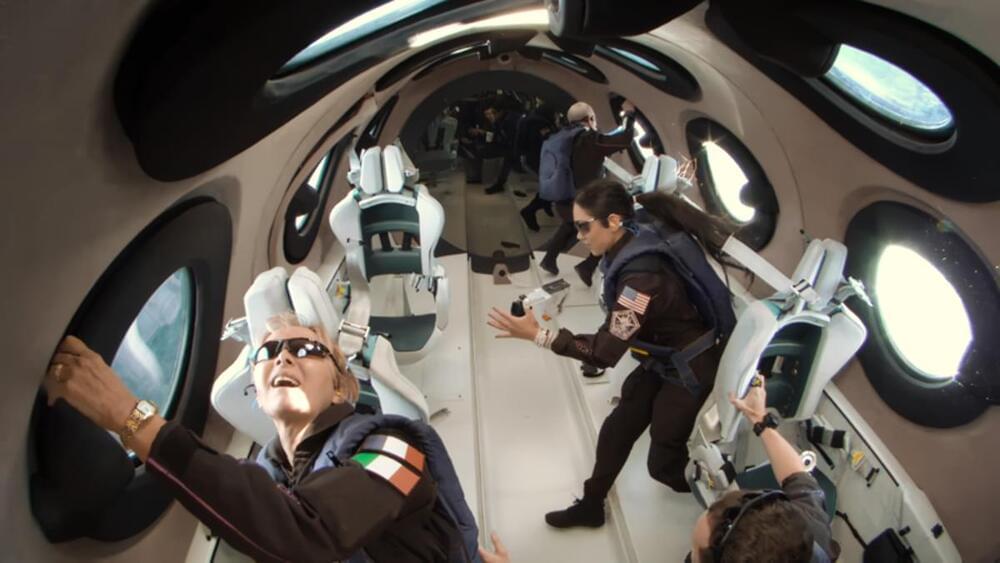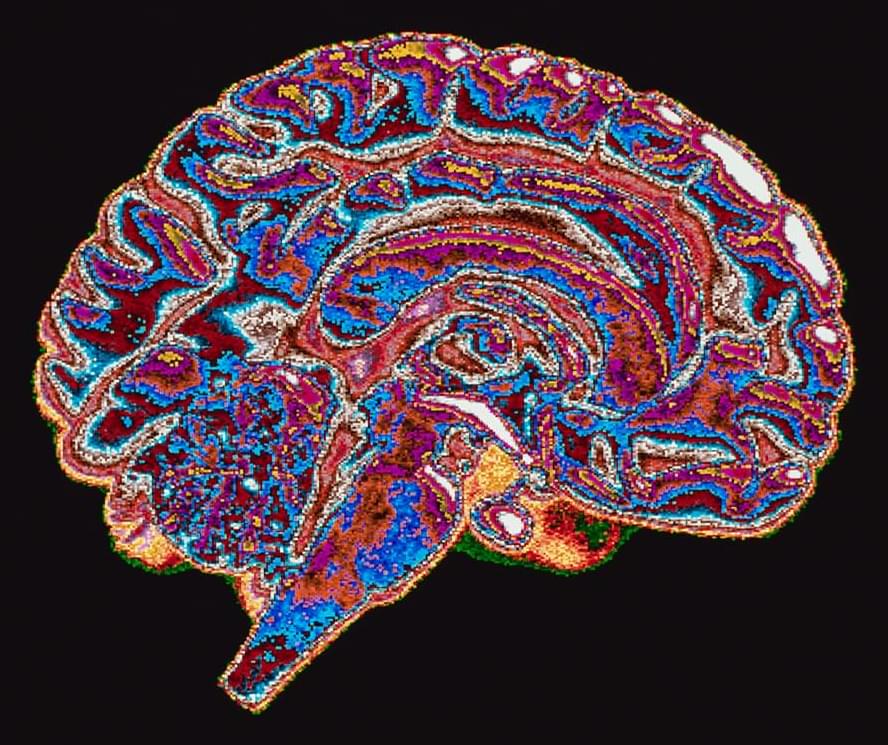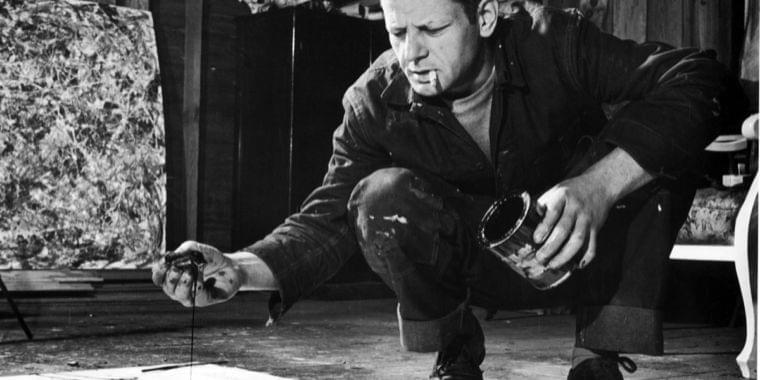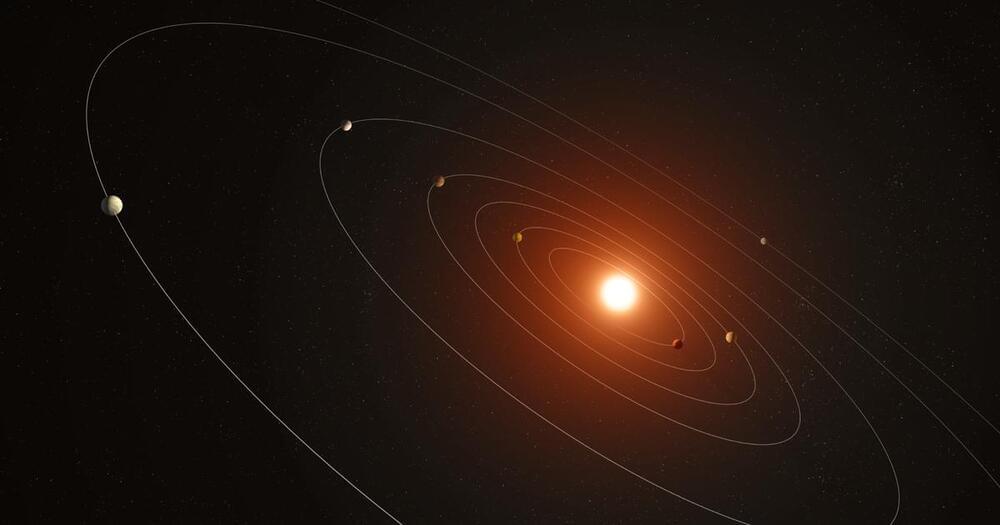
Designing a heat engine capable of producing maximum power while maintaining maximum efficiency has long been a significant challenge in physics and engineering. Practical heat engines are constrained by a theoretical limit to their efficiency, known as the Carnot limit, which sets a cap on how much heat can be converted to useful work.
In a breakthrough, researchers at the Indian Institute of Science (IISc) and Jawaharlal Nehru Centre for Advanced Scientific Research (JNCASR) have devised a novel “micro heat engine” that has overcome this limitation at the lab scale. The study was recently published in the journal Nature Communications
<em> Nature Communications </em> is a peer-reviewed, open-access, multidisciplinary, scientific journal published by Nature Portfolio. It covers the natural sciences, including physics, biology, chemistry, medicine, and earth sciences. It began publishing in 2010 and has editorial offices in London, Berlin, New York City, and Shanghai.


















